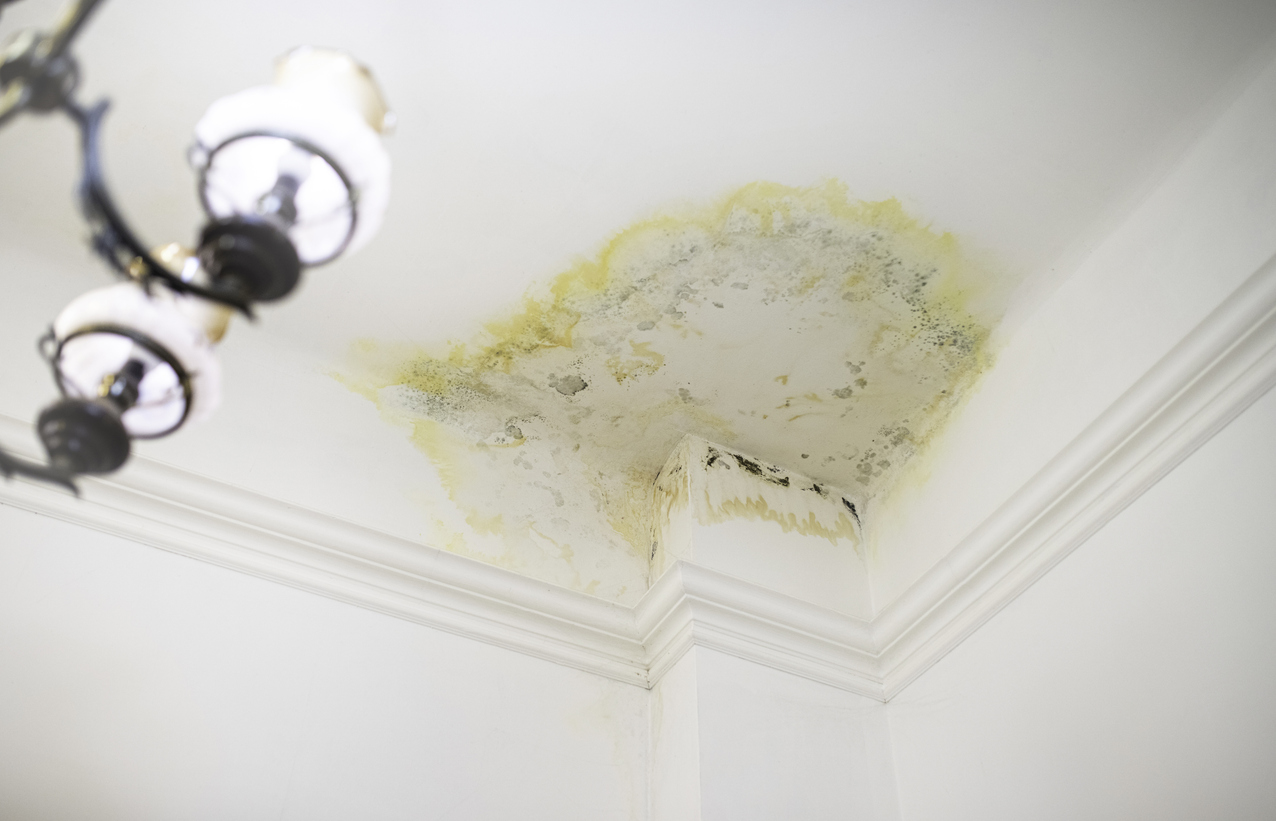Water damage can lead to significant structural issues and health risks if not addressed promptly. Equally concerning is the growth of mold, which often follows water intrusion and poses serious threats to your home and well-being. Understanding the importance of water damage and mold inspection is crucial for homeowners who want to protect their properties and loved ones.
At Unpaid Claim, we specialize in helping homeowners navigate insurance claims related to water damage and mold. This comprehensive guide will discuss the signs you should never ignore, the inspection process, and how to handle insurance claims effectively.
Why Water Damage and Mold Are Serious Issues
The Impact of Water Damage
Water damage can occur due to various reasons, including:
- Burst pipes
- Roof leaks
- Flooding from storms or heavy rains
- Plumbing failures
The effects of water damage include:
- Structural Weakness: Water can weaken walls, ceilings, and flooring.
- Electrical Hazards: Water exposure can damage electrical systems, creating safety risks.
- Property Loss: Furniture, appliances, and personal belongings can be ruined.
The Dangers of Mold Growth
Mold thrives in damp environments caused by water damage. Common risks include:
- Health Issues: Mold exposure can lead to respiratory problems, allergies, and other health concerns.
- Property Damage: Mold can destroy surfaces, including drywall and wood.
- Decreased Home Value: Mold infestations can reduce the market value of your home.
Learn more about managing water damage and mold at Unpaid Claim.
Signs of Water Damage and Mold You Shouldn’t Ignore
Visible Signs of Water Damage
- Stains and Discoloration:
- Yellow or brown stains on walls, ceilings, or floors.
- Warped Surfaces:
- Buckling or warping of hardwood floors and baseboards.
- Peeling Paint or Wallpaper:
- Moisture behind surfaces causes paint or wallpaper to peel.
- Standing Water:
- Puddles or water accumulation in basements or crawl spaces.
Indicators of Mold Growth
- Musty Odor:
- Persistent, unpleasant smells often indicate hidden mold.
- Visible Mold:
- Black, green, or white patches on walls, ceilings, or furniture.
- Allergy Symptoms:
- Increased sneezing, coughing, or eye irritation among occupants.
- Increased Humidity:
- Persistent dampness creates an ideal environment for mold.
Contact Unpaid Claim for professional water damage and mold inspections.
The Water Damage and Mold Inspection Process
Step 1: Initial Assessment
Inspectors evaluate:
- Visible signs of water damage.
- Potential sources of water intrusion.
- Areas of high humidity.
Step 2: Moisture Detection
Tools used during inspections include:
- Moisture Meters: Measure the water content in materials.
- Thermal Imaging Cameras: Identify hidden water damage behind walls or ceilings.
Step 3: Mold Testing
Mold inspections involve:
- Air Quality Testing: Measures mold spores in the air.
- Surface Testing: Identifies mold presence on walls, furniture, and other surfaces.
Step 4: Reporting and Recommendations
Inspectors provide a detailed report, including:
- Areas affected by water damage and mold.
- Recommendations for remediation.
- Preventative measures to avoid future issues.
Schedule an inspection with Unpaid Claim to protect your property.
Preventing Water Damage and Mold Growth
Regular Maintenance
- Inspect your roof, gutters, and plumbing regularly.
- Seal cracks in walls, windows, and foundations.
Control Indoor Humidity
- Use dehumidifiers in damp areas.
- Ventilate kitchens and bathrooms to reduce moisture.
Act Quickly
- Address leaks and spills immediately.
- Dry wet areas within 24-48 hours to prevent mold growth.
Discover preventative tips at Unpaid Claim.
Filing Insurance Claims for Water Damage and Mold
Understanding Your Policy
Review your insurance policy to understand:
- Coverage Limits: Specific limits for water damage and mold remediation.
- Exclusions: Situations not covered, such as neglect or gradual leaks.
Document the Damage
- Take photos and videos of affected areas.
- Create an inventory of damaged items, including receipts and replacement costs.
File Your Claim Promptly
- Notify your insurer as soon as possible.
- Provide all necessary documentation and evidence.
Work with a Public Adjuster
Public adjusters can help by:
- Assessing the full extent of damage.
- Negotiating with your insurer for fair compensation.
- Handling disputes or denials.
Contact Unpaid Claim for expert assistance with insurance claims.
Real-Life Success Stories
Quick Action Saves Thousands
A South Florida homeowner discovered water damage after a storm. Unpaid Claim’s team identified hidden mold, negotiated with the insurer, and secured a $50,000 settlement for repairs and remediation.
Overcoming a Claim Denial
A business faced a denied claim for water damage caused by a burst pipe. Unpaid Claim reviewed the case, provided additional evidence, and successfully overturned the denial, resulting in a $75,000 payout.
Read more success stories on our website.
Why Choose Unpaid Claim?
Expertise in Water Damage and Mold Claims
We provide:
- Comprehensive damage assessments.
- Expert guidance through the claims process.
- Advocacy to ensure maximum compensation.
Commitment to Client Success
Our team prioritizes:
- Transparent communication.
- Tailored strategies for each claim.
- Efficient and professional service.
Visit our website to learn more about our services.
Conclusion
Ignoring the signs of water damage and mold can lead to costly repairs and health risks. Conducting a thorough water damage and mold inspection is essential for identifying and addressing problems early. By staying vigilant, taking preventive measures, and working with professionals like Unpaid Claim, you can protect your home and health.
At Unpaid Claim, we’re here to help you navigate insurance claims and secure the compensation you need. Schedule an inspection or consultation today.
Don’t let water damage and mold compromise your property’s value or safety. Trust Unpaid Claim for expert guidance and peace of mind.

